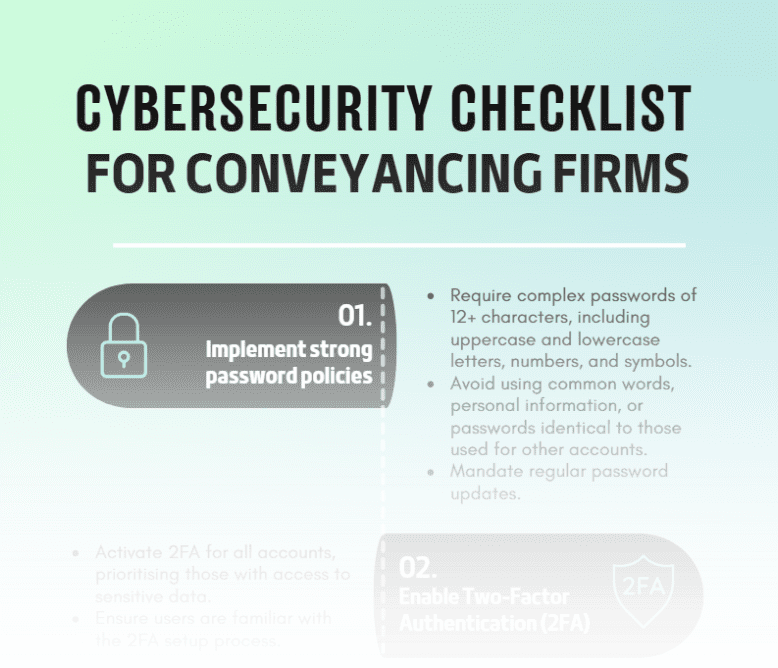Although you would never hope to have to use it, having a crisis management plan can very well be the difference maker when it comes to problem solving and handling potential harmful issues to your business when they occur.
A crisis management plan outlines how your business will respond if a crisis occurs. The plan should identify who will take action and what their roles will be.
The goal of a crisis management plan is to minimise damage and restore business operations as quickly as possible.
The plan should be built to answer three key questions:
- What types of risk could my company face?
- How can we respond if a crisis happens?
- Who will take action in a crisis situation?
To answer these three questions, conveyancers should consider the following six simple steps to help build their crisis management plan.
1. Assess your risks.
The first step of any crisis management plan is to carry out a risk assessment. This identifies potential issues and crises that would disrupt your business function and/or processes.
Work with key stakeholders to begin listing all relevant threats and vulnerabilities that could impact the organisation.
2. Form the crisis management team
The second strategy is to form a crisis management team. Define and assign responsibilities for gathering information and for initiating, coordinating, and overseeing crises responses.
Research and establish sources of credible and information that will help you achieve this and find resources or consult an expert for legal advice depending on the crisis.
3. Determine management responsibility
The third step is to assign key responsibilities to members of your crisis management team for each hypothetical crisis.
Keeping in mind, the more people who oversee different crisis, the longer it will take to respond. This step is crucial and warrants spending the time to confirm all communication and strategies at this stage, to reduce multiple handling later.
Saying that, it is not always that straight forward and therefore, at this step you should also establish an escalation process for bigger business-changing decisions.
4. Establish strategies for internal/external communications
When dealing with a crisis, often it will affect both internal and external stakeholders. Therefore, ensure you have defined tools, routes and responsibilities for communications internally and externally.
Set a process for disseminating and sharing information between crisis management team, employees and external stakeholders like social media followers and the media.
Key messaging and talking points should be prepared to ensure messaging is consistent across both areas of communication.
5. Establish back-up solutions
The fifth step is to define the controls that will be put in place for each crisis to ensure whatever response is given, does not compromise product or service safety.
Depending on the crisis, have measures in place to identify and isolate the problem to prevent any ripple effect throughout other areas of your business.
Ahead of time, identify what resources and sources are available to act as a backup to continue servicing your clients effectively.
6. Test your strategy regularly
The last task is to ensure it works. You will only know if you have a solid crisis management strategy if it is constantly tested, at least once a year.
Have organisational leaders and/or a crisis team review the strategy by conducting a training session to spot any gaps in the plan.
Also, ensure that all new employees, managers and leaders are trained on the key components of the crisis management plan you put in place. They should understand what their roles will be in the case of a business disruption.
Ultimately, every business owner never wishes to have to use its crisis management plan. However, it is an essential ingredient to ensure your business is able to overcome any obstacle, no matter how great or small.
Start building your crisis management plan today with these six simple steps to ensure you’re prepared for any business speed bumps down the road.
triSearch also offers a range of services available to help you overcome any Matter-related challenges as part of its powerful $0 conveyancing solution, triConvey. Contact us today to find out how we can help you in a crisis.






